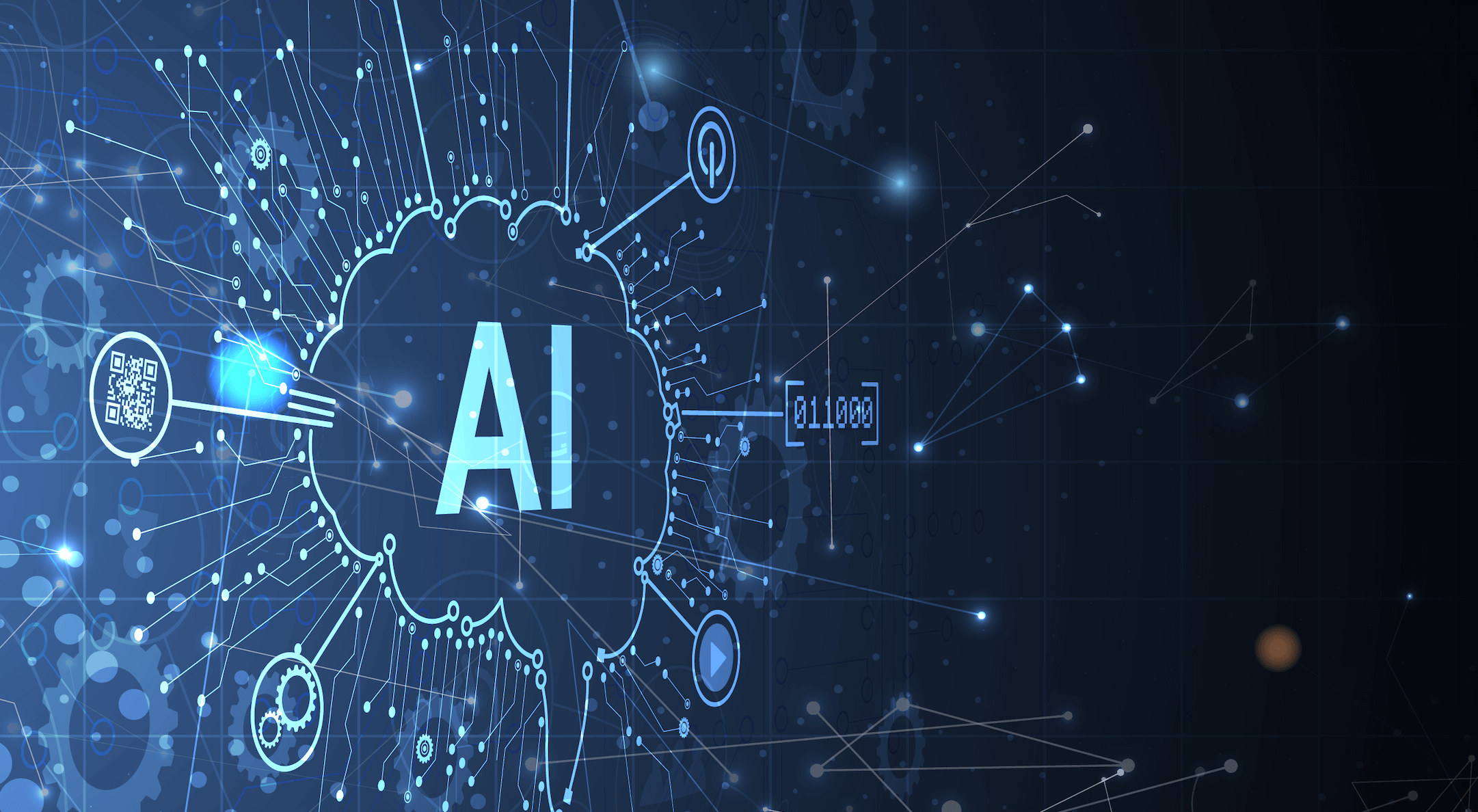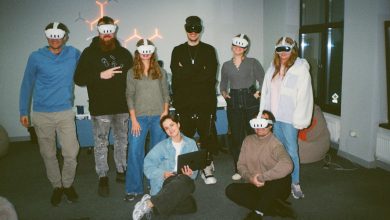
Artificial intelligence applications hold enormous potential for the private equity industry, both for core activities, such as making investments, and time-consuming administrative and legal tasks, such as managing and negotiating key contracts. Professionals across the private markets already use AI to support parts of their work.
The conversation around AI changed recently, though, with the launch of ChatGPT. In particular, the discourse has already invited speculation that lawyers could soon become obsolete.
Claims of full-scale legal job replacement are exaggerated, however. Players in the private equity industry are sophisticated and varied, comprising traditional buyout shops, early- and growth-stage venture firms, direct lenders, investment banks, limited partners, and their legal and professional advisers. Transactions are large and complex, presenting nuanced legal issues.
For the foreseeable future, AI will sit side-by-side with professionals who understand the contours of the industry. Having a human in the loop of an AI application is critical for firms that want to use AI to enhance their operations. A HITL system is particularly important when it comes to automating crucial legal processes, like negotiating fund and investment-related agreements and onboarding new investors.
“It is great to see PE firms embracing AI, but these tools are not yet ready to be deployed without human oversight and input,” said Ontra Managing Director, EMEA, Katie May. “Human involvement ensures AI is used in a way that’s safe and drives real business outcomes.”
Where AI adds value in private equity
AI already plays a part in many aspects of the private equity industry, from portfolio construction and deal sourcing to investing, analytics, diligence, and regulatory compliance.
A 2022 survey of private equity firms by S&P Global Market Intelligence found 57% of respondents are using AI in their investment processes. Firms highlight using AI to help identify and understand industry trends as well as enhance diligence processes. Private equity firms are catching up to hedge funds; As early as 2018, 56% of hedge funds were using some form of machine learning and AI to support investing, according to the BarclayHedge Hedge Fund Manager/Investor Survey.
AI has huge potential for private markets firms to optimize their routine legal processes, such as negotiating non-disclosure agreements, managing key fund documents, and overseeing subscription documents during investor onboarding.
AI is arriving at a time when investment-related agreements, fund documents, side letters, and related contracts are becoming exponentially more complex. Private equity firms and other alternative asset managers often contend with hundreds or even thousands of NDAs per year as they source and finance investment opportunities. This growing volume and complexity outpaces firms’ ability to add new staff or contractors.
Rather than expend internal legal time or incur the high costs of outside counsel, firms can use AI in concert with a global network of experienced lawyers to streamline numerous legal processes. AI can help firms create, negotiate, and manage a wide range of agreements, from straightforward, boilerplate contracts to complex, bespoke agreements.
“AI can also help asset managers address the legal and regulatory challenges associated with global expansion,” said Ontra Managing Director, Asia Pacific, Jon Crandall. “For example, AI can quickly locate relevant precedents from the same country or region, allowing firms to more effectively navigate local market practices. This is especially important in a region like Asia-Pacific, which has vast differences in legal regimes, economic development levels, and business culture, leading firms to negotiate in different ways and with different risk appetites in every country.”
Additionally, AI can turn contracts into structured data, enabling firm stakeholders to run reports and track trends. By gaining greater visibility into their contracts and obligations across funds, firms can better make data-driven decisions.
High complexity, high risk: Keep humans in the loop
AI might change how legal professionals complete routine tasks in the future, but current tools can’t replace humans in high-stakes scenarios.
Imagine a global private equity firm raising billions of dollars for a new flagship fund. Potential investors may want to revisit fund-level fee and expense arrangements or request special side letter provisions related to their individual needs as limited partners. While AI and automation can help flag requests and revisions that are inconsistent with firm precedent or present compliance challenges, humans need to intervene to make decisions about the economic and risk implications of major changes.
Though AI can handle the routine aspects of preparing and reviewing relevant documentation, a highly experienced general counsel or chief compliance officer puts information in context and makes strategic judgments about risk allocation, compliance obligations, and economic considerations.
Further, AI can sometimes draw the wrong conclusions from language and data using reasoning that may not be transparent to a human reviewer. Because models and training data may be incomplete or inappropriate to the task at hand, legal and business professionals might struggle to uncover the source of mistakes.
The average user may take AI inaccuracies in stride, but the implications of bad AI for lawyers, particularly those in the private markets, are more dire. Mistakes can compromise investor relationships and deal opportunities, or result in litigation, compliance issues, or fines, all of which can lead to irreparable reputational damage.
Consider NDAs again. A private equity firm pursuing new investment opportunities must evaluate both the firm’s overall risk tolerance for standard NDA terms as well as deal-specific considerations, such as the involvement of potential co-investors and financing sources. AI may not understand why agreeing to a non-solicit in one NDA is riskier than in another. While AI can help identify precedent, highlight off-market terms, and facilitate faster negotiations, only human lawyers can look at NDAs holistically and in the context of specific transactions to make judgments in the best interests of their firms.
In other words, AI can help extract data from agreements to make it easier for firms to understand what they have agreed to and leverage precedent for future negotiations, but it can also misinterpret special arrangements or poorly drafted clauses and fail to consider the necessary context. AI may not appreciate how changing a defined term in one place affects related provisions. Humans play the primary role in exercising subjective judgment and managing legal obligations, and AI tools can enhance, but not replace, these human capabilities.
The bottom line: Keep a long-term view
AI tools will improve over time, perhaps even quickly. Firms that adopt specialized applications to drive superior risk-adjusted returns, differentiate investment strategies, or accelerate deal sourcing will outperform and outcompete those that do not.
Incorporating AI into complex fundraising, legal, and compliance processes will also provide a competitive advantage, but these processes heavily rely on human judgment and relationships. Private equity firms will need to expand their use of AI in these legal workflows carefully. Additionally, as AI develops in complexity and breadth, regulators, legislators, and professional organizations will likely step forward to address new issues and challenges that arise.
Private market investing requires a mix of strong industry knowledge, strategic thinking, creativity, relationship building, regulatory attentiveness, and deep experience. AI will evolve to complement these uniquely human skills in exciting and unpredictable ways.
But realism is still the order of the day.
While AI can already improve negotiating and managing fund- and investment-related agreements, maintaining a realistic outlook and keeping a human in the loop are essential to private equity firms benefiting from AI in the near and long term.





